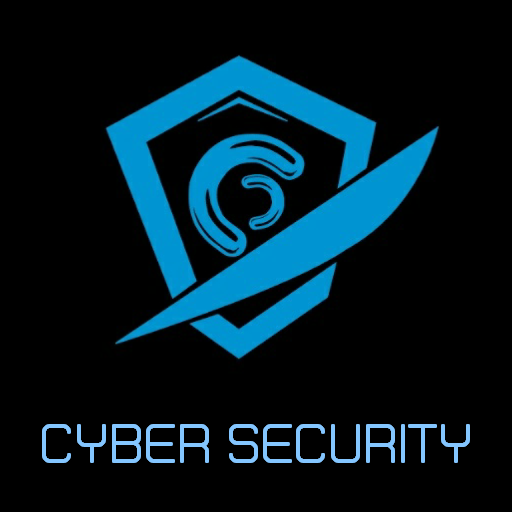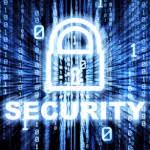Secure Shell (SSH) Your Secure Gateway to Remote Servers.
Secure Shell (SSH), a powerful protocol that acts as a secure gateway, allowing you to connect and interact with remote machines with confidence. Let’s break down what SSH is, how it works, and why it’s so important.
What is Secure Shell (SSH)?
Secure Shell, often shortened to SSH, is a cryptographic network protocol that enables secure connections between two computers over an insecure network, like the internet. Think of it as a highly secure tunnel for your digital interactions.
It allows you to:
* Remotely manage servers: Execute commands, configure settings, and troubleshoot issues on servers sitting miles away, all from the comfort of your own computer.
* Securely transfer files: Copy files between your local machine and a remote server without the risk of eavesdropping or data tampering.
* Set up secure tunnels: Forward ports and applications to bypass firewalls or access services that are otherwise inaccessible.
How SSH Works: The Client Server Model
SSH operates on a client-server model.
Here’s the breakdown:
* SSH Server: This is the software running on the remote computer you want to connect to. It listens for incoming connection requests and handles authentication.
* SSH Client: This is the software on *your* computer that initiates the connection to the SSH server. It handles the authentication process and allows you to send commands to the server.
When you initiate an SSH connection, the client and server engage in a series of cryptographic handshakes to establish a secure channel.
This involves:
1. Negotiation: The client and server agree on a mutually supported encryption algorithm.
2. Authentication: The client proves its identity to the server (more on this later).
3. Encryption: All subsequent communication between the client and server is encrypted, ensuring confidentiality and integrity.
Executing Commands on Remote Machines
Once an SSH connection is established, you can execute commands directly on the remote server as if you were sitting right in front of it. Instead of typing commands into a local terminal, you type them into the SSH client, and these commands are securely transmitted to the server for execution. The server then sends the output back to your SSH client, again, all encrypted.
The Importance of Encryption
The cornerstone of SSH’s security is encryption. Encryption transforms your data into an unreadable format, preventing unauthorized access to sensitive information. Without encryption, data transmitted over the internet is vulnerable to eavesdropping. SSH uses robust encryption algorithms like AES and ChaCha20 to scramble your data, ensuring that even if an attacker intercepts the communication, they won’t be able to decipher it. This is particularly critical when transmitting passwords, confidential data, and system configurations.
Public Key Authentication: A More Secure Alternative to Passwords
While you can authenticate with SSH using passwords, a much more secure method is public key authentication.
This method employs cryptographic keys:
* Public Key: This key is shared with the SSH server. You place it in a special file on the server’s file system.
* Private Key: This key is kept strictly secret on your local machine. Never share it with anyone!
When you connect to the SSH server using public key authentication, the server challenges your client to prove ownership of the private key that corresponds to the public key stored on the server. The client uses the private key to perform cryptographic operations, proving its identity without ever transmitting the private key itself.
Why Public Key Authentication is Superior:
* Stronger Security: Public keys are significantly more difficult to crack than passwords.
* Protection Against Brute-Force Attacks: Attackers cannot simply guess your password, as they would need access to your private key.
* Convenience: Once set up, you can often connect to servers without typing a password each time.
Who Needs SSH?
SSH is a vital tool for a wide range of individuals:
* Developers: For deploying code, managing servers, and collaborating on projects.
* System Administrators: For remotely managing server infrastructure, performing updates, and troubleshooting issues.
* Security Professionals: For securing networks and systems, conducting penetration tests, and responding to security incidents.
* Anyone Concerned About Privacy: For securely accessing sensitive data and protecting their online communications.
Conclusion: Secure Your Digital Interactions with SSH
Secure Shell (SSH) is a fundamental protocol for ensuring secure communication and remote management of servers. By understanding its principles and leveraging its features, you can significantly enhance your online security practices. Whether you’re a seasoned IT professional or just starting to explore the world of secure networking, mastering SSH is an investment that will pay dividends in terms of security, productivity, and peace of mind. So, take the time to learn SSH and make it a core part of your digital security toolkit.







